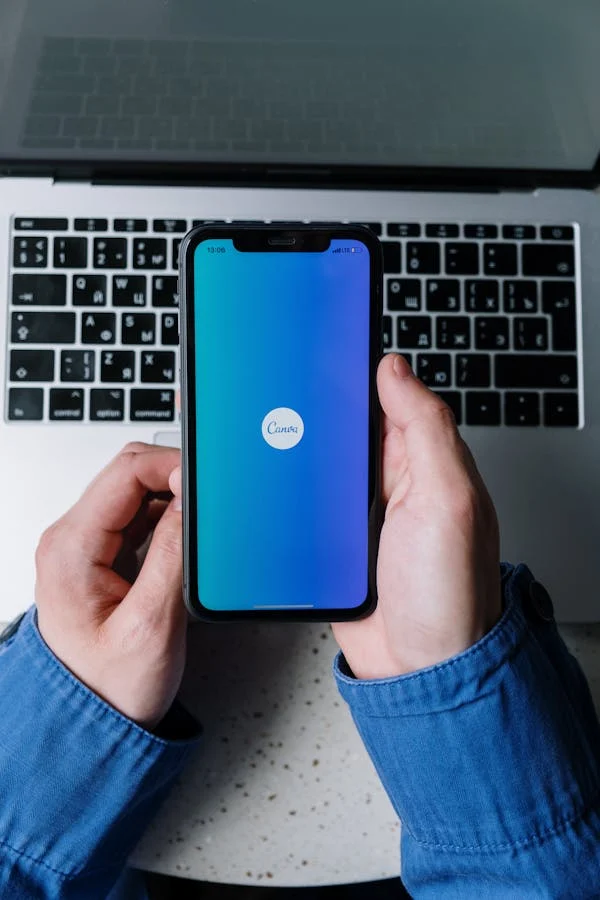Canva has unveiled a range of new AI-powered features, enhancing its web-based design platform with improved text and video generation capabilities, as well as a more advanced text-to-image generator tool. The latest addition, called “Dream Lab,” is a new image generator powered by Leonardo.ai’s Phoenix model. This feature stems from Canva’s recent acquisition of the generative AI startup Leonardo.ai and offers users the ability to create images from textual descriptions in various styles, including “3D render” and “Illustration.”
While Canva already includes its own AI image generator, based on Stable Diffusion, as well as third-party apps, Dream Lab introduces significant enhancements. For instance, it performs better in generating photographic-style images and multi-subject compositions. It also allows users to reference an existing image, providing more control over the final output, similar to Photoshop’s Reference Image tool.
Additionally, Canva has upgraded its broader “Magic” AI tool suite. The Magic Write text generator now features improved accuracy and one-click autocomplete functions. Whiteboards support AI-powered summarization and real-time reaction stickers, and video editing tools have been enhanced with automatic caption generation and new animation effects.
Users can also now incorporate interactive charts and graphs into their presentations, offering more dynamic ways to visualize data. Canva’s asset library has been expanded as well, thanks to a licensing deal with Artlist, which provides new royalty-free music tracks and cinematic video clips.
Last month, Canva announced that it would raise subscription prices for some business customers, citing the value added by the enhanced generative AI tools like Dream Lab. However, some users may feel that these incremental updates don’t justify the increased costs.


